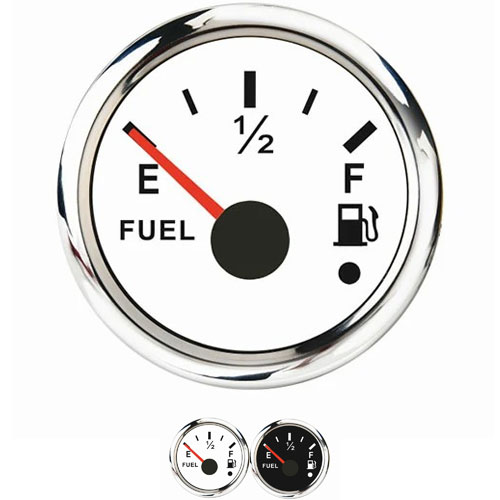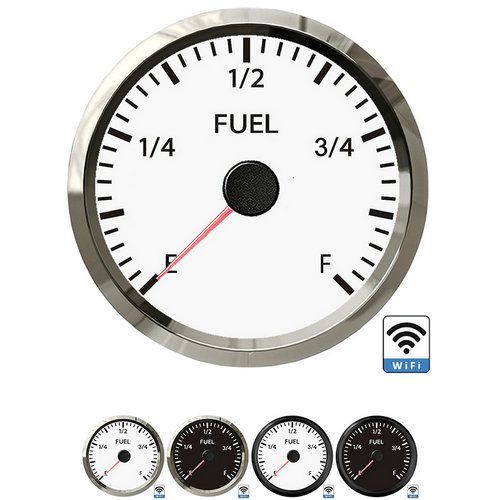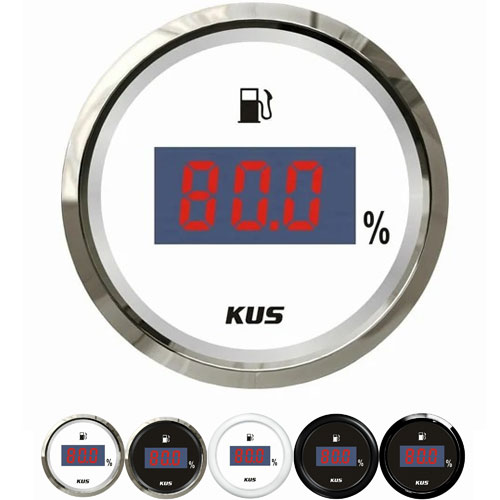digital fuel level gauge
Digital fuel level gauge is mainly composed of two parts: a transmitter that measures the fuel level in the fuel tank and a fuel gauge that displays the measurement results to the driver. First, let's understand the working principle of a typical transmitter.
The transmitter is located in the fuel tank of the car. It consists of buoys connected to a thin metal rod, usually made of foam plastic. The end of the metal rod is mounted on a variable resistor. A resistor is a device used to block the passage of current. The greater the resistance, the smaller the current. In the oil tank, the variable resistor consists of a piece of resistive material with one end grounded. The sliding arm connected to the fuel gauge slides along the sheet of resistive material to conduct current from the fuel gauge to the resistor. If the sliding arm is close to the grounding terminal of the resistor, the resistance material through which the current passes is reduced, so the resistance becomes smaller. If the sliding arm is located at the other end of the resistor, the resistance material through which the current passes increases, so the resistance increases. When the buoy is close to the top of the tank, the sliding arm on the variable resistor is close to the ground (negative) end, which means that the resistance becomes smaller and a relatively large current will return to the fuel gauge through the transmitter. When the liquid level in the fuel tank drops, the buoy will sink, drive the sliding arm to move, and the resistance will increase. Therefore, the current back to the fuel gauge will be relatively reduced.
Digital fuel level gauge is also a very simple device. The current from the transmitter passes through a resistor, which may be around or near a bimetallic sheet. The bimetallic plate is connected to the pointer of the fuel gauge through a connecting rod.
When the resistance increases, the current through the heating coil decreases, so the bimetallic sheet will cool down. As the sheet metal cools, the sheet metal straightens, causing the fuel gauge to point from full to empty.
Bimetallic sheet is a piece of metal pressed by two different kinds of metals. The metal forming the sheet metal expands or contracts with heating or cooling. Each metal has its specific rate of expansion. The two metals that make up the metal sheet have been specially selected, and their expansion and contraction rates are different.
 English
English 






Get a Quote / Info